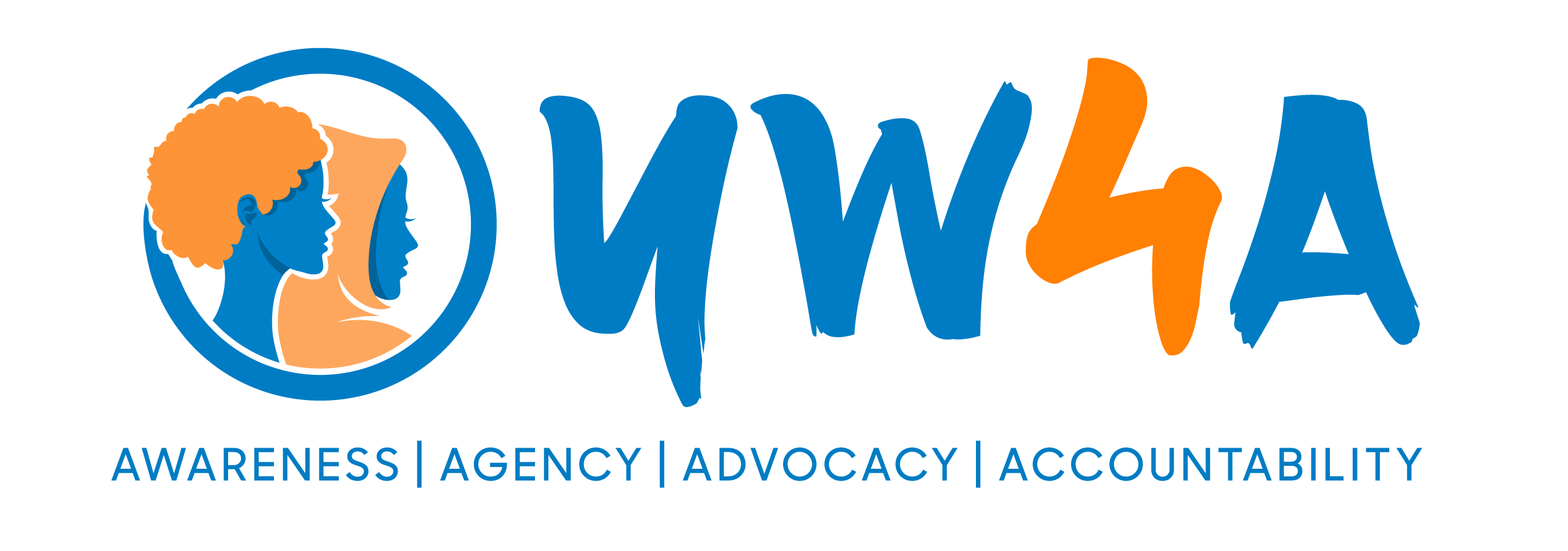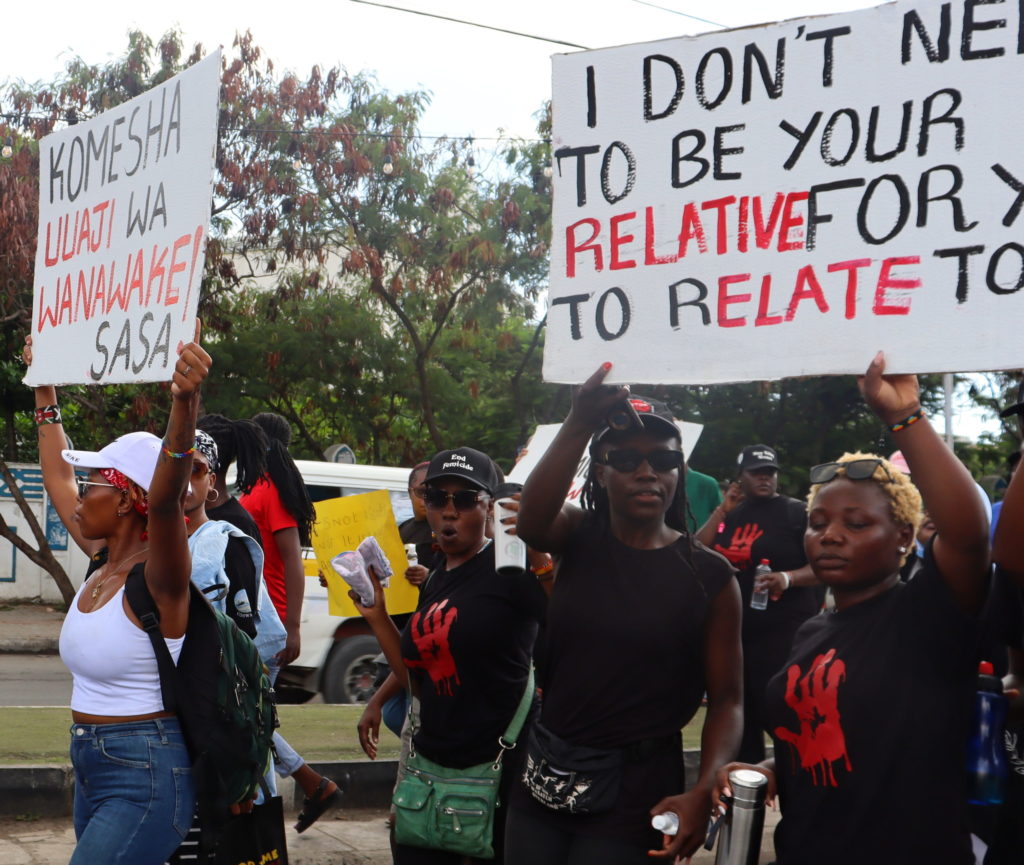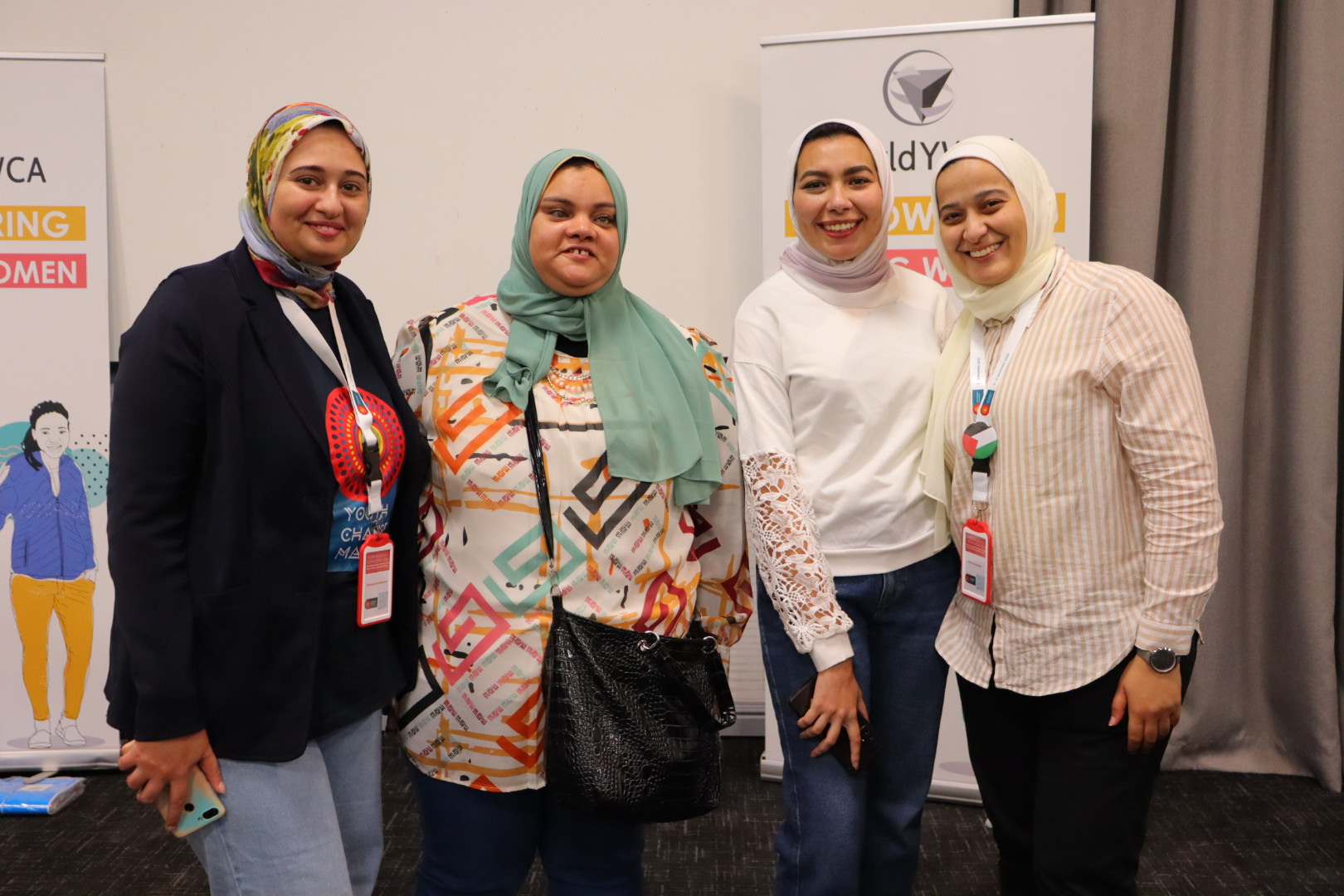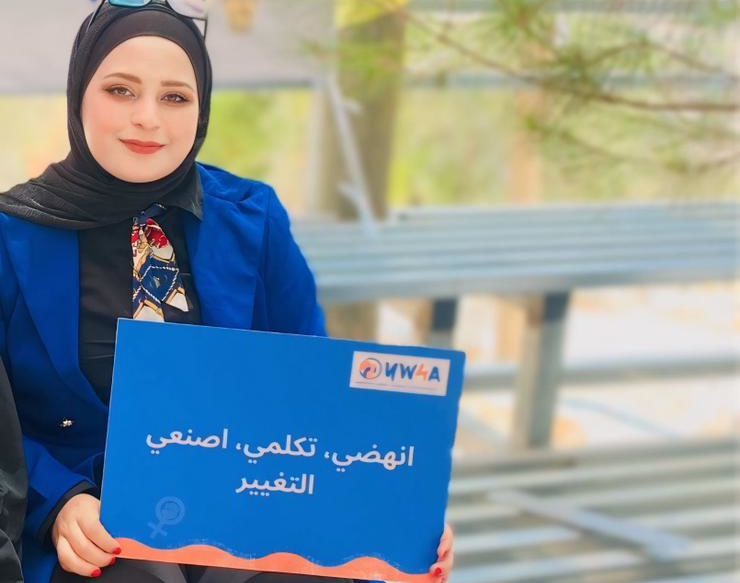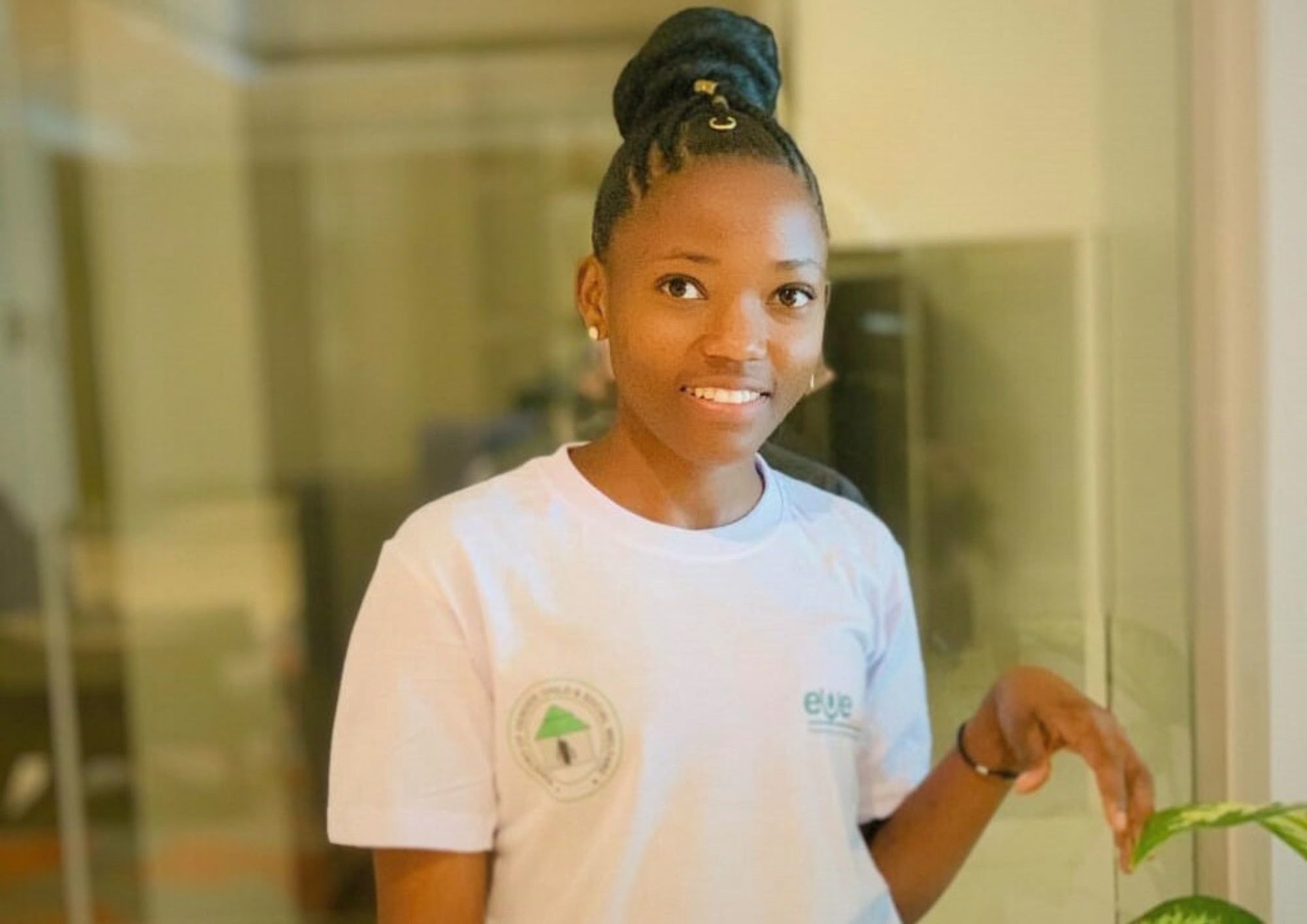Following the terrible events in Kenya that left people angry, shocked, and disgusted, the 27th of January became a moment of unity and awareness. The country was united by a common purpose; preservation of life and human dignity to and for our Kenyan girls, which culminated in the singular roaring plea and reminder of “Stop killing us!!!!!.”
It was not a joyous celebration, but rather a somber anthem that demanded attention and shining of light on a situation that was now tethering to an all-out assault on women as the victims were being blamed for their choices. The nation needed a shock to its collective consciousness, a reminder of what had long been ignored. The calm surface was shattered by the alarming surge in femicide cases that had taken hold of the country. Two high-profile killings had recently grabbed media attention.
One involved 26-year-old Starlet Wahu, who was found in an Airbnb with multiple stab wounds. The other victim, 20-year-old university student Rita Waeni, was discovered in a trash bag with parts of her body missing, highlighting a grim reality.
According to recent national statistics, in January 2024 alone, over 16 women had fallen victim to their intimate partners, forcing the nation to confront a harsh reality that had been lurking beneath the surface. It was time for Kenyans to wake up from their comfort and acknowledge the harsh truth. It was time to confront the issues head-on and take action to protect the lives and dignity of our girls and women.
In a remarkable display of solidarity, women, feminists, and male activists joined forces, rallying together in ten counties in Kenya. The urgency of the situation had united these diverse voices in harmony. The call for justice was louder than ever, the 10 counties stood still for a moment as they became a stage where the narrative shifted, where victims were remembered and the fight against femicide took center stage.
Various debates arose online following the march. Opinions varied on the role women play in their ordeals, leading to victimization, the moral decay of societal values, and the call for action on male killings. Suddenly, men were coming out, stating that many men were also killed by their intimate partners with little acknowledgment. However, the question remains: Is this the right time for all these finger-pointing? Definitely not! How women dress and how they are raised have nothing to do with taking someone’s life. The sanctity of life surpasses any other covenant made in love. Regarding male killings, we do not deny their occurrence, but where were they before the march, only to emerge without shame when women unite to protest against the killings of their own gender?
Various studies conducted on the dynamics of intimate partner violence (IPV) show that women are disproportionately affected, with the majority of perpetrators being husbands and boyfriends. This underscores the importance of targeting the household in tackling IPV at its roots. In most IPV cases, power and control tactics such as isolation, dominance, intimidation, humiliation, threats, and denial are used to trap the victims.
Within the two most recent highlighted cases, isolation and threats were used by the perpetrator to trap the women, resulting in their sudden deaths. Even more alarming are the narratives of other women who had previously experienced similar treatment in the hands of one of the perpetrators.
In my opinion, addressing intimate partner violence (IPV) often feels like a game of musical chairs, leaving many feeling helpless. Therefore, I strongly believe that tackling this menace requires a multi-pronged and inclusive approach.
Firstly, the government, through our legal system, should take decisive action. Accused individuals should be denied bail during the legal process, and cases should be expedited with tough judgments handed down to those found guilty. This will serve as a deterrent to future aggressors.
Secondly, our religious institutions should play a significant role in the conversation. As influential opinion shapers, they should intentionally highlight and sensitize their members on gender-based violence (GBV), IPV, and rights.
Thirdly, the media has a crucial role to play. They should remain vigilant in reporting on societal happenings and strive to raise awareness of what a just and civil society for women should look like. Collaboration with women’s rights organizations is essential in this endeavour. Publicizing court rulings on ongoing cases can also serve as a deterrent to potential abusers.
Addressing IPV requires a coordinated effort involving the government, religious institutions, media, and civil society organizations. Only through such collaboration can we hope to create a safer and more just society for all.
Together we rise, together we fall!
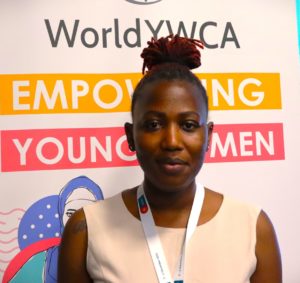 Written by Dolphine Kwamboka, the World YWCA YW4A Technical Programme Manager for the Eastern Africa Region, based in Kenya.
Written by Dolphine Kwamboka, the World YWCA YW4A Technical Programme Manager for the Eastern Africa Region, based in Kenya.
This article is part of the YW4A Technical Point of View (PoV) series, a collection of technical analytical and strategy reflection articles from YW4A programme staff, consultants, advocates, and allies, with expertise in various aspects of programming facilitating young women’s leadership and eliminating SGBV.
Follow Dolphine on LinkedIn.
